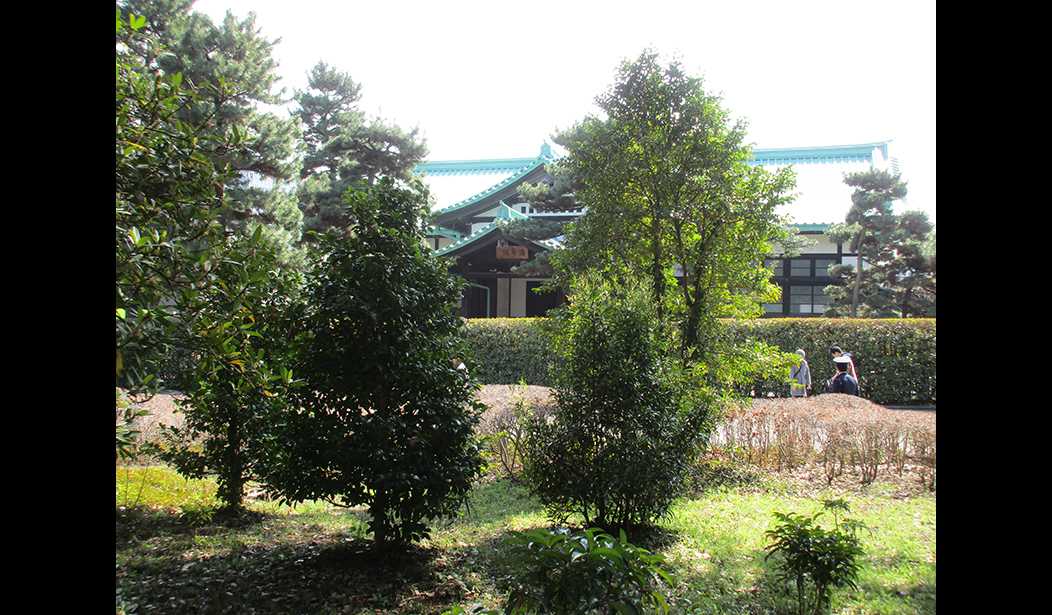Japan isn't the United States.
Now that I've stated the blindingly obvious, I'll qualify it. I've traveled and worked in Japan a fair bit, and both my wife and I love the place. My wife speaks and reads some Japanese, which helps; we love the country, the culture, the food, and pretty much everything about Japan. We couldn't live there; we're too indelibly red-state (and RedState) Americans for that. But we do love to visit, and now and then, we're reminded of just how different Japan really is. One of those differences is in the acceptance of LGBTQ+ people. Japan has a "partnership" system for same-sex couples, but not actual marriage. LGBTQ+ people are not oppressed or discriminated against, but they are expected to follow the same rules as everyone else.
Including which side of an onsen, or public hot-spring bath, one uses.
A 43-year-old male was arrested on November 13 on suspicion of trespassing after he was found in the women’s bathing area of a Japanese hot spring facility.
According to Japan Today, the manager of a hot spring facility in Nagashima, Mie Prefecture called the police after Hayato Shimada allegedly entered the bathing area reserved for female customers.
Police arrested the man at around 8:20 pm. He reportedly admitted to police that he entered the women’s area, but said, "I'm a woman inside, so I don't understand at all why I'm not allowed in the women's baths."
In the United States, at least in some areas, the mere claim that he feels like a woman might be enough, but not in Japan. There are legal requirements to be met, and this guy didn't meet them. What's interesting is that the man in question, Hayato Shimada, would appear to be Japanese (he has a Japanese name, but you know what happens when we assume) and presumably aware of Japan's laws and cultural expectations on this issue. Was this a publicity stunt? Was he trying to get away with something? There's no way of knowing at this juncture.
To legally change gender in Japan, a person must be diagnosed with gender dysphoria, be at least 18 years of age, be unmarried, have no underage children, have no functional reproductive glands, and have genitals that resemble the gender they identify as, according to NPR.
In October, Japan’s Supreme Court ruled that a requirement for those seeking to legally change their gender to undergo sterilization surgery was unconstitutional.
This seems more reasonable than the "anything goes" approach pushed in the United States by LGBTQ+ activists; at least a diagnosis is required.
Onsens and other public baths are almost always segregated by sex unless one springs for a private or family room at one of the country's larger hot springs resorts. If you are ever in Japan, it's an experience that's highly recommended; it's an important cultural touch-stone, one that carries a little more dignity than maid cafés, otaku culture (if you're looking for that, I recommend trying the Shibuya or Ikebukuro districts in Tokyo), and the traditional late-night drinking binges. Japan is a wonderful place, but LGBTQ+ folks, while not harshly discriminated against, are expected to follow the same rules as everyone else where things like public baths are concerned.
So, by the way, are empty-headed American celebrities; when I was working on my first extended gig in Japan some years ago, I was delighted and amused to learn that Paris Hilton had been turned away by Japanese Customs after pleading guilty to drug charges in Las Vegas. The Japanese, after all, do have standards.
Totemo omoshirokattadesu.
See more recent RedState coverage on transgender issues at these links:
- Biden Declares Transgender Remembrance Day With a Typo and a Lot of Questions
- Woke British Museum Claims Roman Emperor Elagabalus Was Actually a Transgender Woman
- Transgender Remembrance Day and the Exploitation of Tragedy for Political Gain
- Conservative NLPC Forces Transgender Study Vote at Microsoft Shareholder Meeting














